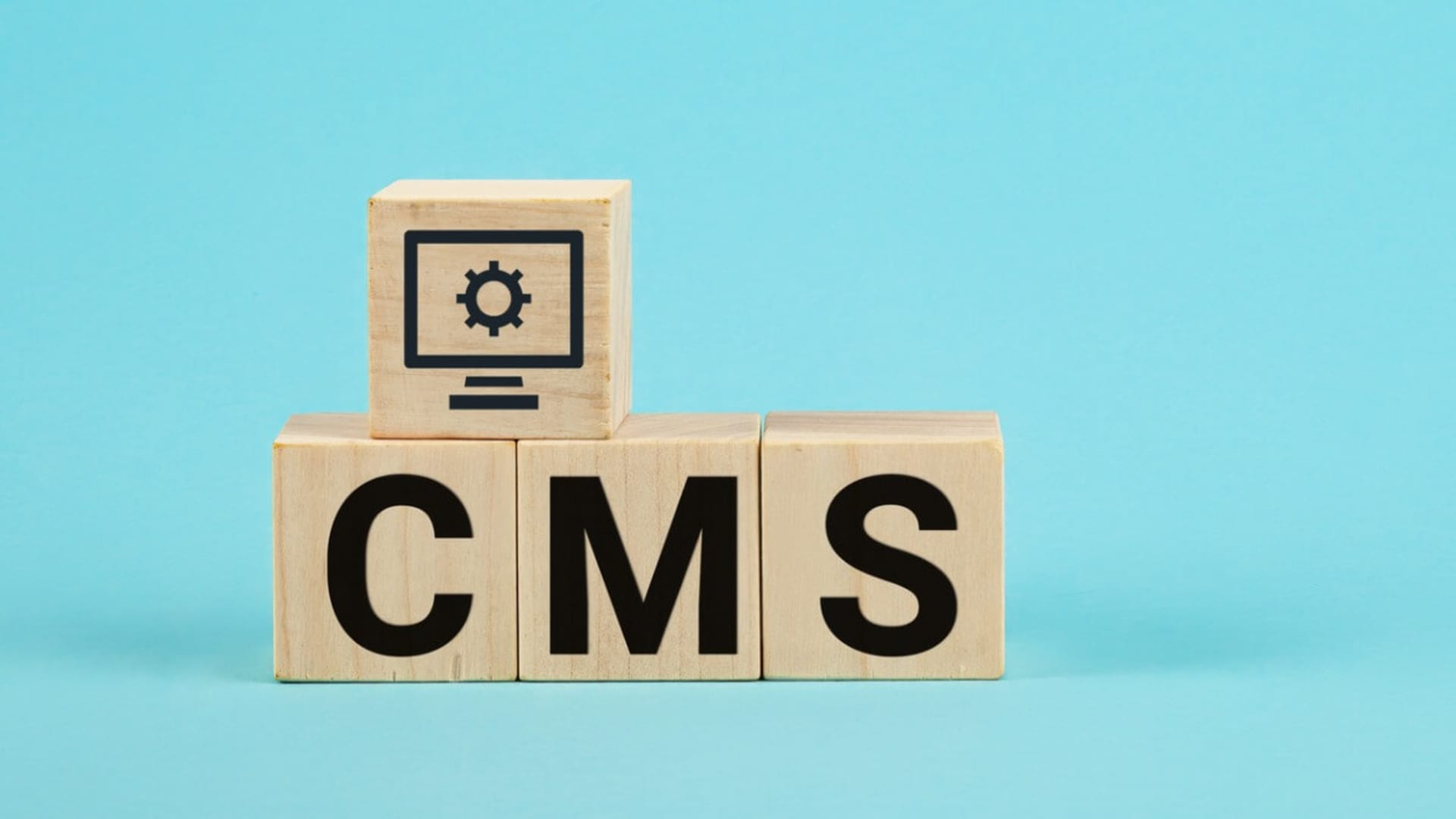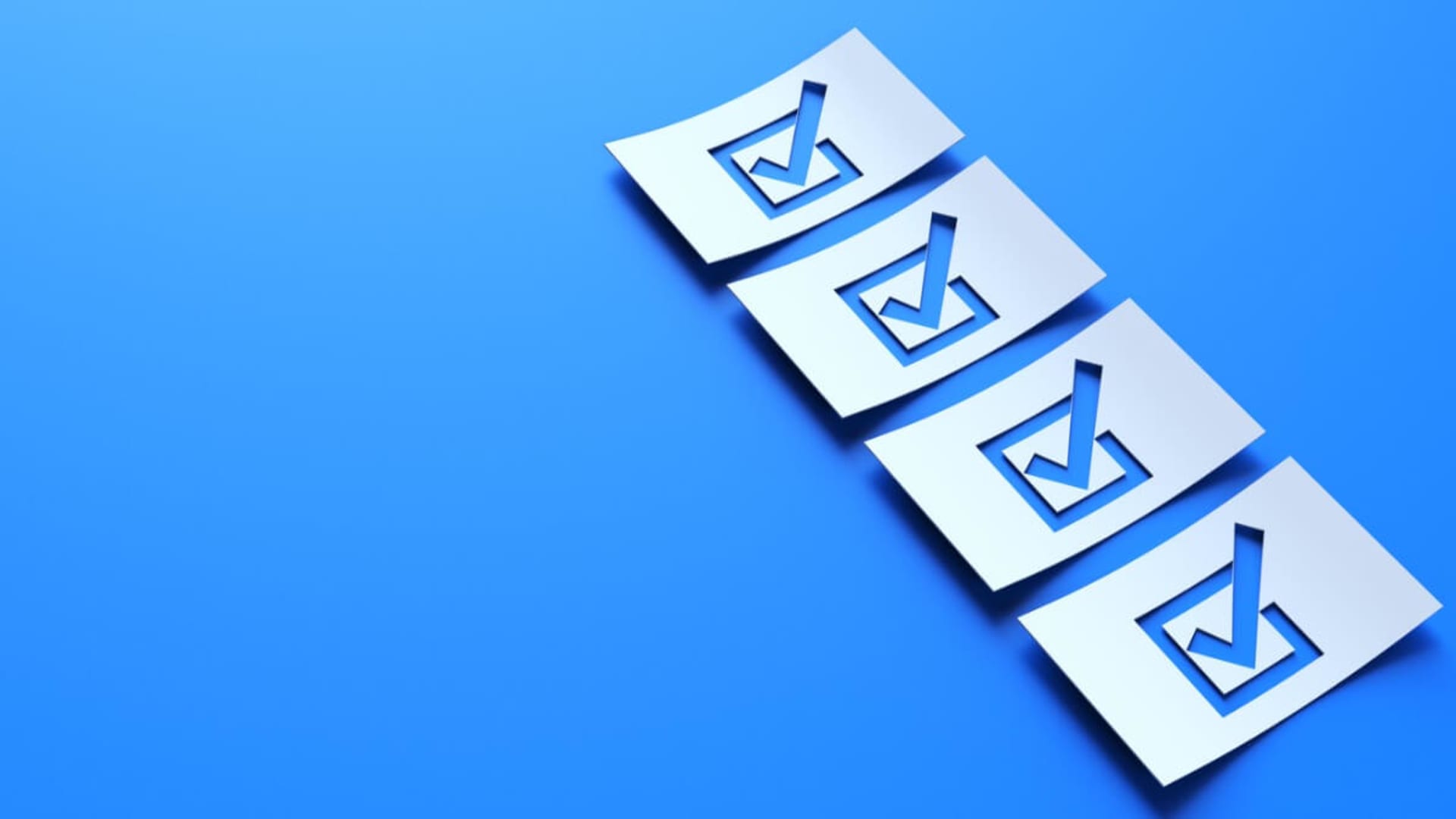Did you know there were numerous types of content management systems (CMSs) available for your company to use? Depending on your needs, you could employ one or more such systems to help improve any number of workflows. But which of these CMSs is the right fit for your needs? To draw that conclusion, you’ll want to first know what a CMS is and what different types are available.
What is a CMS?
Simply put, a CMS is a piece of computer software designed to make the management of various types of digital content easier. The most widely used CMS is WordPress, with a 41.28% market share. The next closest CMS is Wix with 7.03% market share. The remaining top five looks like this:
- Squarespace, 4.24%
- Joomla!, 2.24%
- GoDaddy Builder, 2.50%
Clearly, WordPress is, by far, the leader of the CMS market and that’s not going to change any time soon.
For those who still don’t quite understand the purpose of the CMS, let’s take a look at some of the use cases for WordPress, which includes the following:
- Personal and corporate blogging
- E-commerce
- Creative portfolios
- Business websites
- Newsletters
- Podcasts
- Landing pages
- Video websites
- Publications
- Online education/training
With the right plugins and a bit of creativity, WordPress can be used for just about anything. But why is it called a content management system? In order to have a website of any kind you need content. And given how today’s modern consumer/customer/client demands quite a bit of mixed content (such as articles, video, and audio), you need the means to easily and reliably manage that content. Ergo…content management systems.
How does a content management system work?
Typically a CMS is comprised of two components:
- A front-end user interface (UI) for the management of content that any user, of nearly any skill level, can work with. This front-end is typically accessed from a web browser.
- A content delivery system, which stores the content and updates the website.
The only piece of the content management system(CMS) that a user ever has to deal with is the UI. From that interface, users are able to add posts and/or pages, upload and embed media, add various pieces by way of plugins (such as digital downloads to monetize and image galleries). Of course, only those users with permissions are able to manage the content for the site. All other users can view and interact with the content (even posting comments, reviews, and ratings).
The best thing about content management systems is that they allow you to build robust, interactive websites or systems without having to type a single line of code. It’s all graphical user interface (GUI) and, across the board, they are simple to use.
Now that you understand what a content management system is, let’s take a look at the different types.
Web Content Management System (WCMS)
The web content management system is designed to help people without programming skills (such as HTML and CSS) to build out web content. These types of CMSs provide authoring, collaboration, and administration tools so you can easily build a website with different types of content and features.
WCMS platforms typically include a large number of features, such as templates, access control, expansion, editable content, workflow management, collaboration, delegation, content virtualization, and versioning.
Benefits of a WCMS
Each WCMS offers different features as well as benefits. But typical benefits of a web content management system can include:
- Low cost/high return investments means you’ll pay very little to get the system up and running and reap the rewards of a professional-looking, content-rich website.
- User friendly interfaces make it very easy to work within the systems.
- Customizability means you can add all types of features from app stores to make the CMS do exactly what you need.
- Workflow management makes it easy to set up and monitor a defined task such that you can modify the steps in the task to make it more efficient.
Examples Of Web Content Management Systems
- WordPress.org: This is the open-source version of WordPress that can be downloaded and installed on either a data center server or a third-party hosted server. WordPress can be used for just about any type of site and is one of the easiest CMS tools to use on the market.
- Drupal: This is another open-source CMS that is a bit more complicated than WordPress but is also more robust and flexible. Drupal has a considerably higher learning curve than WordPress.
- Adobe Experience Manager: This is a digital document platform for creating responsive forms for customers to complete and digitally sign.
Component Content Management System (CCMS)
A component content management system is similar to a web content management system, only it manages content on a granular level, as opposed to a document level. The individual components of these systems represent topics, concepts, or assets, which can include images, tables, products, descriptions, or procedures. A CCMS is required to track relationships between topics, graphics, maps, publications, and deliverables.
A component in this type of CMS can be an entire document or a single word. Components are pieced together to create a whole. For example, you might have the following components:
- Title
- Description
- Paragraphs
- Images
- Links
- Footnotes
When you piece all of those components together, you get a complete document that can be published and/or managed from within the CCMS.
Benefits of a CCMS
Although far more complicated than the WCMS, the CCMS does have a few benefits, such as:
- Flexibility, due to its component nature.
- Greater consistency and accuracy of displayed content.
- Reduced maintenance and delivery costs.
- More version control over content.
- Better collaboration.
- Better integration with different editors.
Examples
Although CCMS platforms aren’t nearly as popular as WCMS, there are a few outstanding options available, such as:
- Storyblock: Storyblock is a great option for corporate websites, e-commerce and helpdesks. The interface is intuitive but does have a steeper learning curve than, say, WordPress.
- Sanity: Sanity treats content as data and is used by a few large enterprises, such as PUMA, Sonos, and Skims.
- Paligo: Paligo is an enterprise-grade CCMS platform that is best suited for documentation.
Document Management System (DMS)
A document management system is a platform used to store, share, track, and manage files or documents. The missing puzzle piece to these systems is the ability to present content to the masses. These types of systems are used for things like storing and retrieving company files for either internal or external usage. Unlike a WCMS, the DMS doesn’t build a website for you to share with the public, but it can make it possible for you to share documents with the public.
Benefits of a DMS
The benefits of a DMS should be pretty obvious for anyone who needs a platform to store, share, track, and manage files. You’ll find the following types of benefits associated with DMS systems:
- Document check-in and check-out, with locking to prevent editorial overwrites.
- Version control, so you can see the different iterations of a document.
- Roll-back makes it easy to revert to a previous saved state of a document.
- Audit trail, so you can easily see who did what to a document.
- Document annotation, so you can add notes to a document.
- Reduced storage space.
- Enhanced security.
- Improved regulatory compliance.
- Easier document retrieval.
- Outstanding collaboration.
- Backup and disaster recovery is easy to achieve.
- Increased productivity.
Examples
There are a number of outstanding document management systems available for businesses of all sizes, including:
- DocuWare: This is one of the most widely-used DMS systems and is used by companies such as Sony and IKEA. This platform includes features like optical character recognition (OCR), file recovery, version control, and offline access.
- Dropbox Business: Most people are already familiar with Dropbox, but Dropbox Business offers a similar experience plus more features such as user role management, file recovery, file type conversion, and document archiving.
- eFileCabinet: This is a great option for agile businesses, as it includes features like workflow automation, eSignature requests, secure file sharing, and email importing.
Enterprise Content Management System (ECM)
Enterprise content management systems are built such that larger companies can obtain, organize, share, store, and deliver business-critical data to employees, stakeholders, and customers. Think of ECMs as a means to organize digital content in a centralized repository.
One thing to remember about ECMs is that, unlike the other types of CMSs, this is not an actual technology but more of an overarching term for the methods, tools, and strategies for the management, storage, preservation, and delivery of data at an enterprise level. The ECM can handle both structured and unstructured content, so it can be thought of as an amalgam of the WCMS and the CCMS.
Benefits of ECM
There are a few very key benefits of using an ECM, such as:
- Minimal compliance and regulatory risks.
- A single source of truth.
- Cost reduction.
- Business continuity.
- Better content accessibility.
Examples
There are a few ECM vendors available, such as the following:
- Alfresco Software: Alfresco is commercial CMS software geared toward the finance, healthcare, insurance, publishing, manufacturing, and government sectors and focuses on managing, securing, and delivering content to a distributed workforce.
- Box ECM: Box ECM is a CMS platform focused on the entire content lifecycle, including creation, sharing, co-editing, signing, classification, and retention.
- Hyland ECM: Hyland ECM is a cloud-based platform to help you organize, manage, and optimize critical business content across your organization.
Digital Asset Management System (DAM)
A digital asset management system helps companies get more value from digital assets by making them easier to organize, access, and distribute. With a DAM, you can store all of your digital content catalog in a single location such that you can allow all types of key stakeholders access to the entire content library.
Benefits of a DAM
There are a number of benefits to using a digital asset management system, such as the following:
- Easy access to an entire library of content.
- Assurance that everyone is using the most updated version of an asset.
- Ability to secure more business-critical assets.
- File sharing directly from the DAM, not using a third-party service.
- Seamless integration with your entire tech stack.
Examples
- Brandfolder: This is a cloud-based DAM that makes it as easy to retrieve your brand assets as it is to run a Google search. Users can search for assets by way of metadata and taxonomy.
- Bynder: Bynder is a cloud-based DAM that also includes a mobile app for the simplification of business asset management.
- Canto: Canto is a cloud-based DAM that has both desktop and mobile applications to make it easier for companies to centralize, organize, and share an entire brand asset library.
Conclusion
The CMS is much more than a simple WordPress site, and any business would do well to adopt one or more of these types of CMS. Using a WCMS (such as WordPress) to present information and sell products for your company is a great customer/client system. Add to that an ECMS or DAM to share entire libraries of digital assets to clients, other businesses, customers, and any type of stakeholder, and you have everything your company needs to manage content across the board. So whether you opt for a commercial solution or one of the many open source CMS platforms, you are sure to see the benefits.







